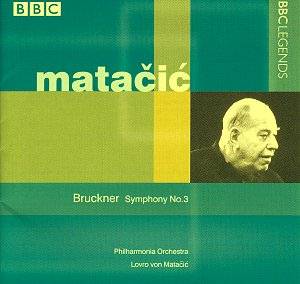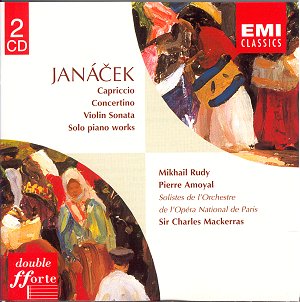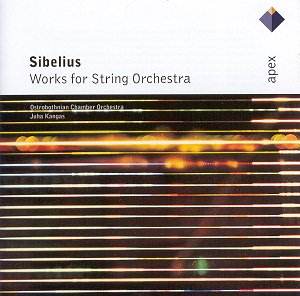 Composer: Anton Bruckner
Composer: Anton Bruckner
Works: Symphony No. 3 in D minor (Edition of 1877 with additions from 1889)
Performers: Philharmonia Orchestra, Lovro von Matacic (conductor)
Recording: Recorded at a Promenade Concert, Royal Albert Hall, London, 23rd July 1983
Label: BBC Legends BBCL 4079-2
Anton Bruckner’s Third Symphony stands as a pivotal work within the composer’s oeuvre, marking a significant moment in his evolving symphonic language. Completed in its original form in 1873 and subsequently revised, this symphony reveals Bruckner’s burgeoning confidence in orchestrating grand structures interwoven with spiritual and emotional depth. The 1877 edition, which serves as the foundation for this recording, showcases Bruckner’s early explorations of thematic development and harmonic innovation, while also revealing the idiosyncratic challenges that have led to contentious debates among scholars and performers alike regarding its interpretation.
Lovro von Matacic’s interpretation with the Philharmonia Orchestra in this live recording is particularly illuminating, especially considering Matacic’s longstanding relationship with Bruckner’s music. His tenure with the Philharmonia since the 1950s, culminating in this 1983 performance, provides a sense of continuity and understanding of Bruckner’s intentions. Matacic adopts a broad, expansive approach that highlights the symphony’s lyricism without sacrificing its structural integrity. The first movement, marked by its grand architecture, benefits from Matacic’s ability to navigate its fluctuating tempos and dynamic contrasts with a sure hand. The gradual build-up towards the recapitulation is executed with a palpable sense of inevitability, drawing listeners into the emotional core of the work.
The sound quality of this recording, preserved from the BBC’s early digital experiments, is astonishingly vivid. The engineering captures the rich textures of Bruckner’s orchestration with remarkable clarity. The brass section, particularly the timpani, is well-defined, allowing their contributions to punctuate the symphonic fabric effectively. The Philharmonia Orchestra’s performance is marked by a palpable sense of joy and engagement, suggesting that Matacic’s interpretive choices inspired their playing. For instance, the Scherzo’s lively rhythms are delivered with precision, and the contrasting bucolic trio unfolds with a delightful buoyancy, showcasing the orchestra’s virtuosity.
Matacic’s interpretation of the second movement is marked by nobility and directness. However, while his vision is compelling, the listener is left yearning for the original 1873 score to fully grasp Bruckner’s intentions. The recurring rhythmic motifs and the eventual return to the main theme are imbued with urgency that propels the movement forward, even as it grapples with its inherent flaws. This tension underscores Bruckner’s questing spirit, which Matacic navigates skillfully.
The finale, often regarded as the weakest link in Bruckner’s symphonic chain, presents its own set of challenges. Matacic’s efforts to elevate this movement are commendable, as he manages to infuse it with energy and momentum. The stately “polka” sections contrast effectively with the expansive chorales, yet one cannot escape the movement’s shortcomings in thematic resolution. Despite this, the coda emerges triumphantly, providing a satisfying conclusion to what is undeniably a challenging work.
This recording of Bruckner’s Third Symphony stands out not only for its historical significance but also for its artistic merit. Matacic offers a nuanced interpretation that navigates the symphony’s complexities with both sensitivity and authority. The remarkable sound engineering enhances the listening experience, making it a valuable addition to the catalog of Bruckner recordings. For those seeking to explore the intricacies of this symphonic landscape, this performance is an essential journey into a work that continues to inspire both admiration and debate among Bruckner enthusiasts.



